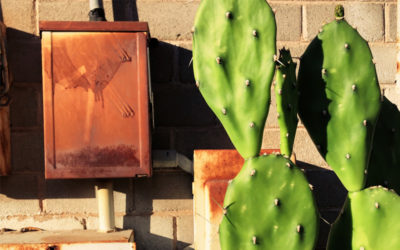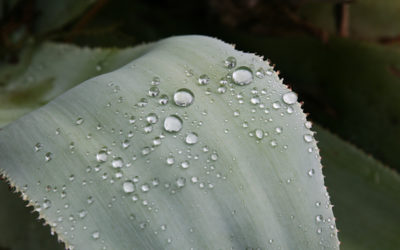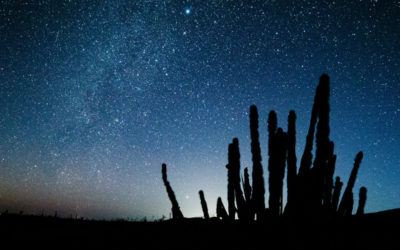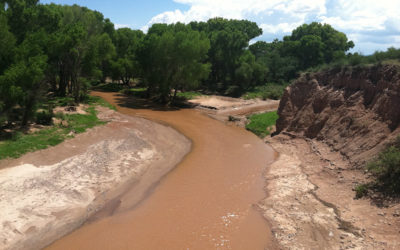DPEL
Urban landscaping for a cooler future
The heat island effect is extreme in the arid Southwest and are poised to increase in intensity due to population growth and climate change. With collaborators at the School of Earth Sciences and the Environment at Arizona State University, the DPEL is combining...
Plant responses to heat stress
Water loss in plants has commonly been considered only as a cost of photosynthetic carbon gain. However, plants may use water in ways that may not necessarily optimize instantaneous carbon gain, but instead as a strategy for leaf evaporative cooling. The DPEL and...
The distinctive form and function of giant cactus
Giant cactus are among the most charismatic and iconic plant life forms on the planet, but many giant cactus species are threatened by the effects of climate change. At the Dryland Plant Ecophysiology Lab (DPEL) the staff studies the distinctive physiological features...
Tree ecophysiology in dryland riparian ecosystems
Riparian forests are among the most threatened in North America as a consequence of altered hydrological conditions, invasive species and climate change. The Dryland Plant Ecophysiology Lab seeks to identify tree ecophysiological traits that underlie adaptation to...




